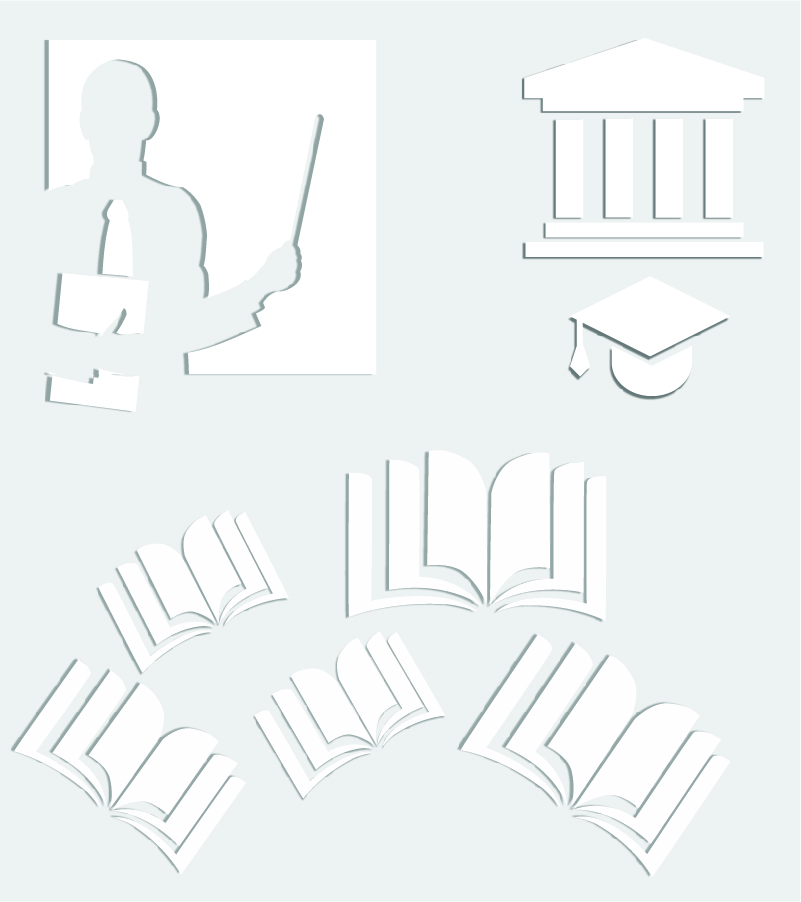Exchange programmes
About the Faculty
Studies
| Subject: Building materials 1
(17 -
GG04) Basic Information
Course specification
Course is active from 01.10.2005.. Course which have preconditioned courses Building materials 1
Acquiring of advanced academic knowledge that should enable to relate the influence of the method of production on the structure, structure on the properties and properties on performance of the material. The structure and properties of metals, their alloys, polymers and plastics will be presented in order to acquire knowledge in the relation of structure on one hand and physical, mechanical properties and durability on the other. Furthermore. they will also be acquainted with the elements of the calculation of the coefficient of heat transfer as well as the diffusion of water vapor for building elements. Acquired knowledge should enable the solution of complex situations when the performance of the element needs to be changed by analysing the structure of the material. Acquiring advanced academic knowledge that should enable linking the influence of the method of production on the structure, properties and performance of the material. Acquiring of advanced academic knowledge that should enable to relate the influence of the method of production on the structure, structure on the properties and properties on performance of the material. Additionally, acquired knowledge should be used in further education, professional courses and engineering practice Atomic and molecular structure of materials (fundamental particles, periodic table). Inter-atomic and inter-molecular connections (connection strength – connection with module of elasticity and extension coefficient, connection energy – primary and secondary connections). Structure of crystals (unit cell, types of unit cells, crystal structure of metals and silicate ceramics, crystallographic directions and planes, polycrystals, non-crystal structures). Errors in crystal grid (dot and line defects). Deformation and strengthening of metals (characteristics of dislocation, concept of plastic deformation explained via dislocation movement, strengthening mechanisms via grain size, creation of solid solutions by deformations). Repair, recrystalisation and growth of grain, deformation mechanisms in ceramics. Dispersive systems and surface appearances. Fundamental properties of construction materials (general and specific properties, condition parameters, physical properties, physical and mechanical properties, construction and technological properties. Thermal technical properties and water vapour diffusion – principles of calculation and definition of structures according to valid regulative. Diffusion. Fundamentals in kinetics of chemical reactions. Condition diagrams. Phase transformations in metals, development of microstructure and correlation with mechanical properties. Production processes, types and application of steel. Steel corrosion. Polymer structure. Deformation mechanisms and strengthening in polymers. Polymer structure. Production and application of polymers. Plastic masses. Types of composite materials (composites – agglomerates, reinforced, structural composites). Teaching is held with the aid of contemporary technical methods: Power Point presentations, usage of film and graphic illustrations, programmes for calculating heat and diffusion conductivity of materials. At lectures, content is presented in a manner to directly and unambiguously emphasise properties and sizes necessary in the field of civil engineering with the obligatory connection of the presented property with material structure. Lectures are organized as interactive form of teaching, with predicted conclusion observations and questions that stimulate students for active participation at the end of each class. Practice are organized as expansion and deepening of certain topics using practical work and computing examples.
|
© 2013. Faculty of Technical Sciences. Trg Dositeja Obradovića 6, 21000 Novi Sad. Tel: +381 21 450 810
Translation: FTS English Team
Translation: FTS English Team





